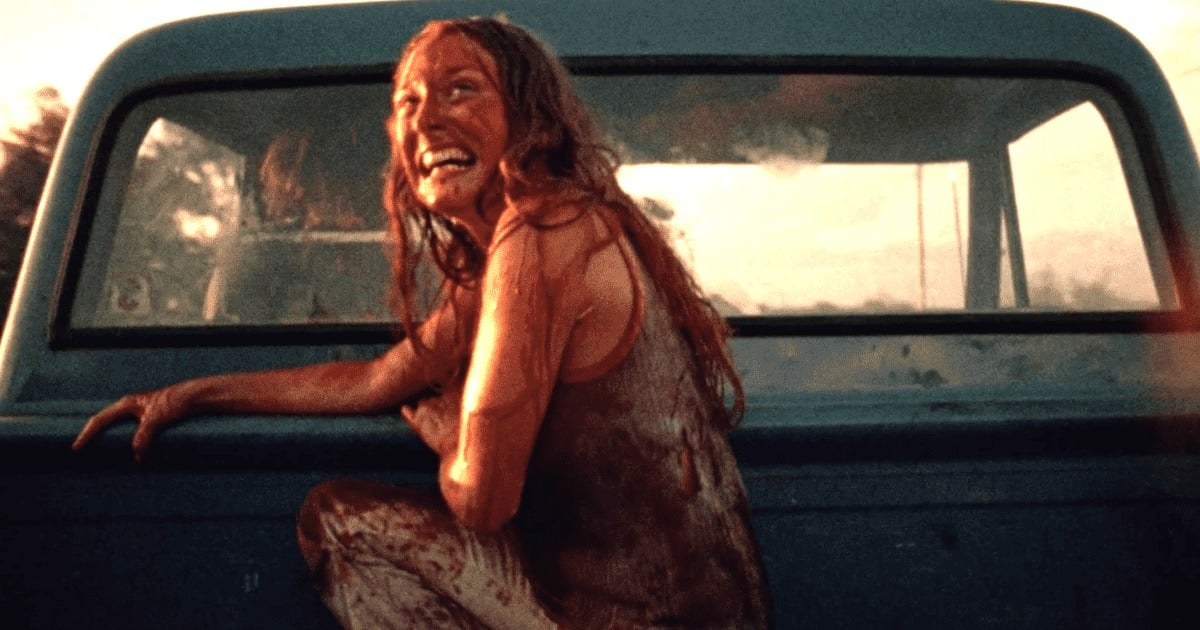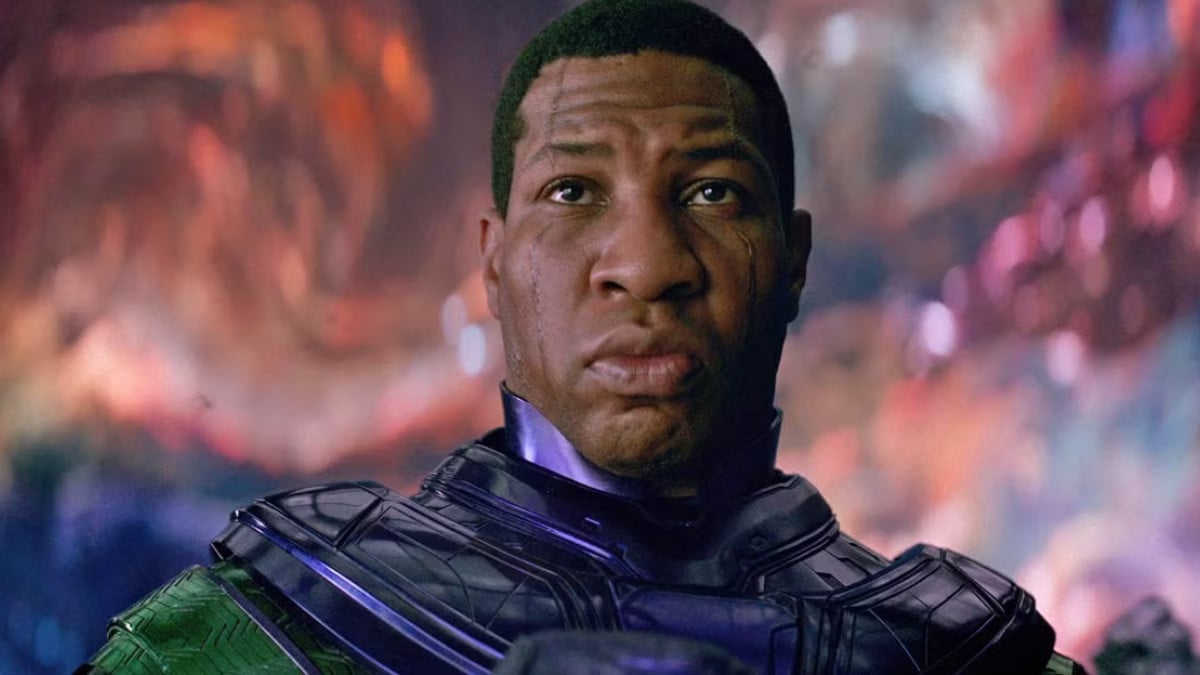Real-life horror can and does inspire the twisted horror movies we love so much. And in the age we live in, where true crime is devoured like apple pie, we want to know the true stories. Look, there are definitely ethical questions about true crime, the way facts and victims’ stories are presented, the sensationalism, the effect on viewers, etc. But that said, it’s hard not to be drawn into true crime, especially as a horror fan. And definitely when it comes to finding out the true story behind some of the best horror movies of all time. Luckily (well, not luckily, we don’t like real serial killers, okay!) with a movie like The Texas Chainsaw Massacre (1974), there was a fair bit of inspiration.
The Texas Chainsaw Massacre (1974) follows our lovely final girl, Sally Hardesty (Marilyn Burns), her tired-of-everybody brother Franklin (Paul A. Partain), and their somewhat airheaded friends, on a fun summer trip, involving watering holes and wandering around old houses—that…turns into a nightmare. One that involves a chainsaw and meat hooks and a cannibal family.
Kind of a story that no one wants to hear is even the tiniest bit true. So…is it?
What’s the true story?
It was the early ’70s when a light bulb flickered inside Tobe Hooper’s mind. How do you follow the nuttiness of horror movies like The Last House on the Left (1972) or The Exorcist (1973) for instance? You get inspired by serial killers, of course. The San Antonio news outlets were chaotic at the time (probably still are, to be honest). And serial killers such as Ed Gein and Elmer Wayne Henley became inspirations for Hooper. The inspiration for the Sawyer family was the true story of Elmer Wayne Henley, who was involved in the Houston Mass Murders. It’s a disgusting chain of events, so read at your own risk. Though the main inspiration is that of Ed Gein, who many have probably heard of.
The man was out there mutilating and exhuming bodies from nearby graveyards. And made household items, as well as accessories from said corpses. He also killed 2 women. So, while Gein wasn’t wielding a chainsaw with his horrific family (like Leatherface), Hooper took some of the details from the case and incorporated them into his iconic film.
The opening message in Texas Chainsaw
Okay, Hooper took a few details from a couple of different murders and came up with an entirely new narrative and victims—so then, you may ask, why is there this opening narration:
The film which you are about to see is an account of the tragedy which befell a group of five youths, in particular Sally Hardesty and her invalid brother, Franklin. It is all the more tragic in that they were young. But, had they lived very, very long lives, they could not have expected nor would they have wished to see as much of the mad and macabre as they were to see that day. For them an idyllic summer afternoon drive became a nightmare. The events of that day were to lead to the discovery of one of the most bizarre crimes in the annals of American history, The Texas Chain Saw Massacre
I guess because it’s…scary? We may think of true crime as a new wave, Only Murders in the Building-style. But the reality is, audiences have been drawn to sensationalized tales of horror for as long as stories were being told—whether we’re listening to podcasts now, watching slashers in the 70s, reading penny dreadfuls in the 1800s, or in ancient Greece, gobbling up a tale of a man killing his father and sleeping with his mother.
Sure, in this film, they really stretched the use of the “based on a true story” trope. But hey, it was terrifying to believe that there was a real man running around, with a chainsaw in Texas, murdering people—it added to the fun. Probably was horrible for tourist season, though, and also, those roadside BBQ joints. Oh well, pass the popcorn.
(featured image: Bryanston Distributing Company)









Published: Aug 15, 2022 10:09 PM UTC